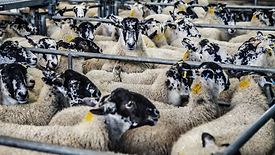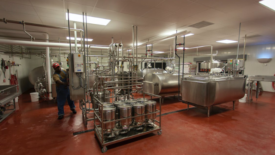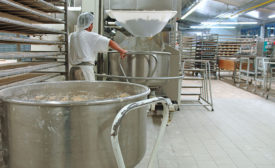Home » AMR
Articles Tagged with ''AMR''
Biofilm: A Contemporary Challenge to Food Safety
Biofilms, which can be resistant to disinfectants and sanitizers, remain a significant public health-related issue in the food industry
June 10, 2022
Never miss the latest news and trends driving the food safety industry
eNewsletter | Website | eMagazine
JOIN TODAY!Copyright ©2024. All Rights Reserved BNP Media.
Design, CMS, Hosting & Web Development :: ePublishing










